This class was amazing. Completely amazing. The last two classes were great, but they lacked the enthusiasm of the classes before and I just couldn't put my finger on why. This one, that spark was back. The kids were interested, I was reading and they were bouncing up and down, wanting to see the pictures.
The class started out with a talk about rainbows. What is the difference between light colors and paint colors? Are there different names for them? Do they work differently? The answer of course, is yes to all. In paint, black can be made with a mix of all colors. In light, if you mix all the colors of light, you get white. We also talked about how colors were a cycle. I asked if anyone had ever seen a double rainbow... and if they noticed what was under Indigo and Violet. RED, of course! The cycle starts all over again. Red, Orange, Yellow, Green, Blue, Indigo, Violet, Red, Orange, Yellow, Green, Blue, Indigo, Violet, and then Red!
Then we talked about Primary colors. All of the kids knew these... so I wrote this on the board:
After I wrote "Primary Colors" I asked what the Secondary Colors were. Most of the kids knew these (and I think all if they would have known the term 'Secondary Colors' before). Then we went on to talk about Tertiary Colors. The ones that are between the Primary and Secondary colors. This was fun... my kids knew some of these from art lessons they had done with me, and also this Blue's Clues episode with Joe that has this song:
After this, we made our own color wheels by mixing the colors with our pastel pencils.
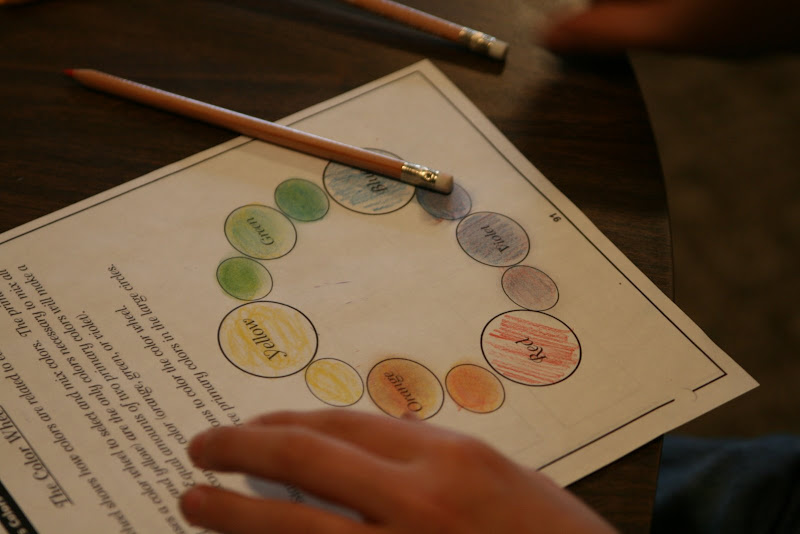
We got to talking about 'warm' colors and 'cool' colors. Meet the Masters explains that the colors that look most like the sun are "warm" colors and that the colors that are most like the ocean are "cool" colors. On a color wheel that means that all of the colors on the orange/red/yellow color side are 'warm' and the other side is cool. It was easy to dive right into color moods again during this discussion and I asked the kids what color they would think of when they thought of being sad. Some said black, some said blue, but all the colors were 'cool'. I talked about the phrase 'feeling blue' and 'seeing red' and asked what they thought they meant. Then I had them do a sheet about color moods and descriptive words.

Slowly but surely I led this discussion back around to the Impressionists. We had a quick review over the other Impressionists that we had studied (Cassatt, Degas, Renoir) and then talked specifically about Monet and his life a little bit.
After all this talk about mixing colors, I felt that the next best step was paint! I reminded them that the Impressionists made tiny brushstrokes which gave movement to their paintings, and so I wanted them to do that. We sat outside for a little while and watched the weeping cherry in the back yard with cups of cocoa. Then we were ready to paint our tree. (We did go back outside when we were painting just to look at how the tree was positioned too.)
Again, each person saw something different. Some kids painted the tree as it looks right now (yellow with hints of orange) and some painted what it would look like other times of the year, but all used tiny brush strokes and their beautiful imaginations.
I must admit to feeling some relief that the session is over. But at the same time, I am super excited to get into other art classes with these kids. They are amazing and I have LOVED teaching this class!





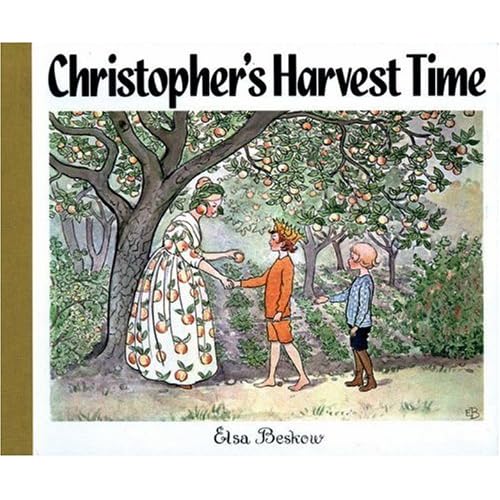

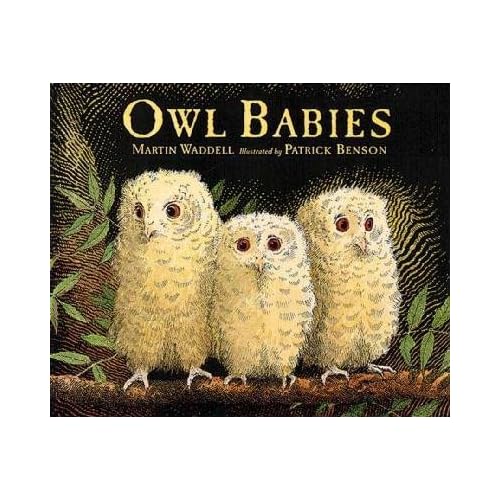
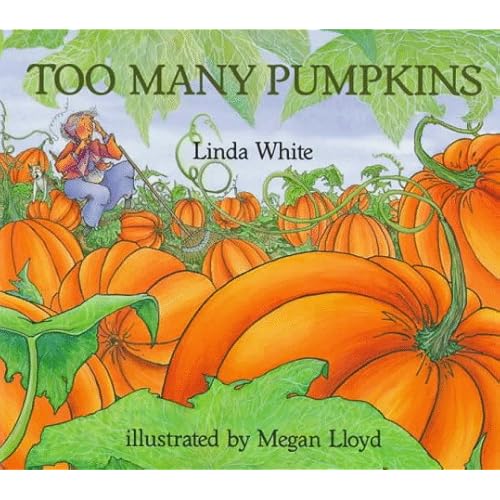

 Her class was amazing, and this tour was equally so. The unit was split up into parts of the orchestra. Conductor, music writers, strings, brass, woodwinds, and percussion. The kids learned SO much! Each class had a guest speaker who was also a musician. So they had gotten up close and personal with some of the instruments... but this tour topped it off. They got to touch every instrument that they had talked about, try to play it, and even bring home a their own instrument (a kazoo). It was AWESOME!
Her class was amazing, and this tour was equally so. The unit was split up into parts of the orchestra. Conductor, music writers, strings, brass, woodwinds, and percussion. The kids learned SO much! Each class had a guest speaker who was also a musician. So they had gotten up close and personal with some of the instruments... but this tour topped it off. They got to touch every instrument that they had talked about, try to play it, and even bring home a their own instrument (a kazoo). It was AWESOME!



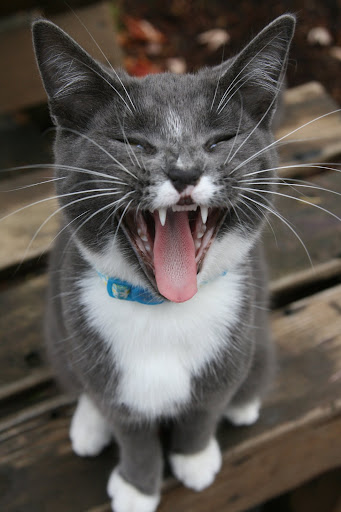




 This weeks theme over at
This weeks theme over at 





